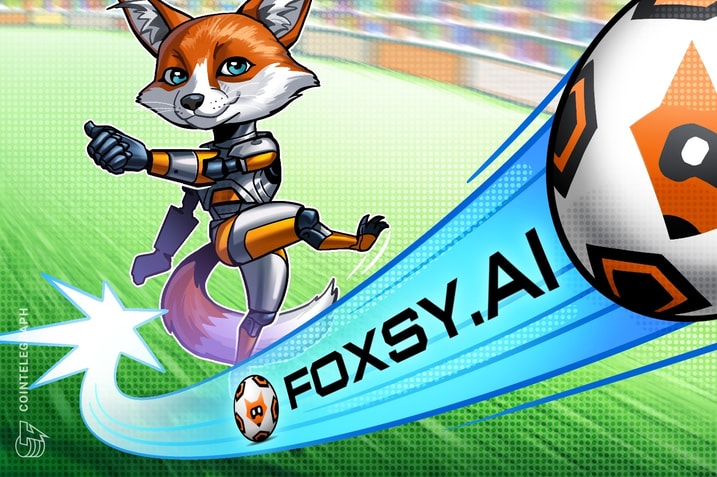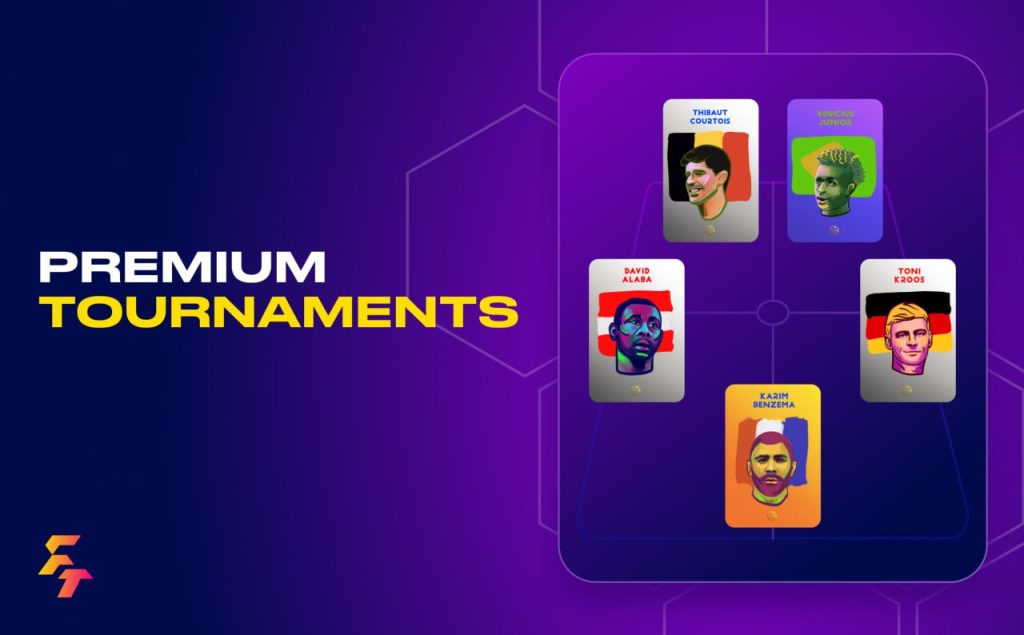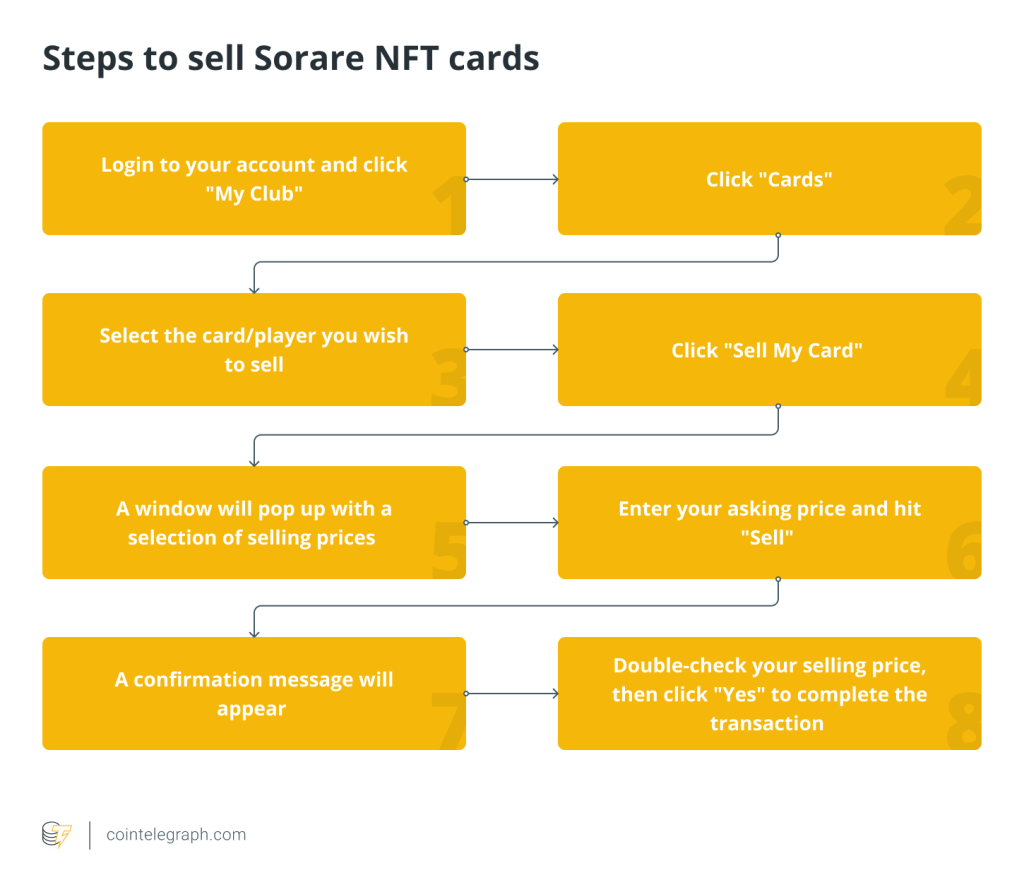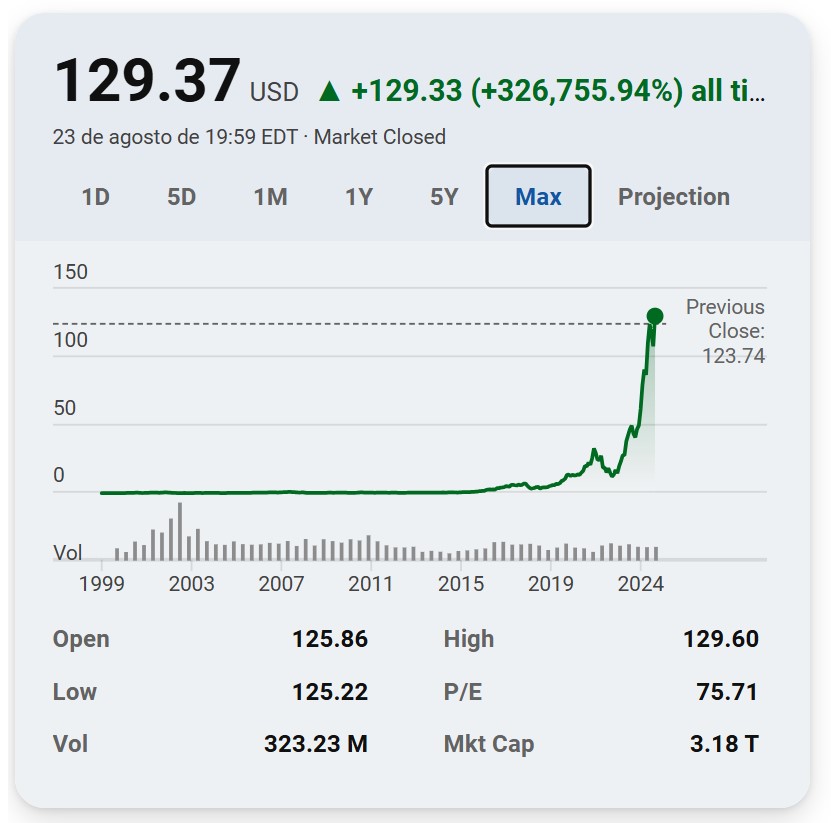Robo-naldo outfoxing Human Soccer dominance by combining Web3, AI, robotics

Blockchain is set to revolutionize the field of robot soccer, extending beyond the realm of fantasy football. Platforms like Foxsy AI will enable real robots to learn winning strategies from user-created games and translate those tactics onto real-world playing fields.


Robots playing soccer, using AI, blockchain, and thousands of players around the world to drive the technological revolution? It’s not a crazy concept at all: an ambitious project called Foxsy AI is going to make it happen. Cointelegraph had the opportunity to take a closer look at the project during the AMA session on July 29th.
A new take on AI & Web3 through soccer and robotics: AMA with Foxsy https://t.co/auuC08D397
— Cointelegraph (@Cointelegraph) July 29, 2024
The CEO and co-founder of Foxsy AI, Sebastian Marian, has been an advocate of robotics for a long time. He has been participating in RoboCup, an annual international robotics competition, since 2003. Since then, he and his team, OXSY, have won several top places on a global level.
Marian’s stance on AI is clear:
“Everything humans do with natural intelligence, AI can do much better. But before we tackle serious challenges like curing diseases or interstellar travel, we should beat the human soccer champions.“
The Foxsy AI project is working to create a robust and scalable framework that will allow robots to play soccer with strategic depth and tactical precision. Here’s how they plan to do it: users will participate in online soccer tournaments and earn rewards, while robots will learn from their strategies and eventually be able to show off their skills and motions in real games. This matches RoboCup’s goal of fully autonomous robots by 2050.
Why make it so complex? Comparing AI beating chess grandmasters and soccer, Marian noted:
“Soccer players have to make decisions based on partial information, with less time to think and a noisy environment that can affect their actions. What’s more, this time it’s not just one player, but 11. They have to work together and synchronize their movements.“
“This is hard as hell,“ he continued, “even with advanced techniques like deep learning, reinforcement learning, and deep reinforcement learning. You also need the massive amount of data to train your AI model. So, community is the master key.“
The project chose MultiversX as its platform because of its high throughput, security, efficiency, scalability, and interoperability. Marian highlighted key features that set MultiversX apart, including adaptive space sharding and a secure proof-of-stake consensus mechanism. In addition, MultiversX natively supports custom tokens, making transactions using FOXSY tokens as fast, secure, and scalable as the native EGLD token.
Foxsy AI uses two products from MultiversX to support its bootstrap phase. The first is Metastaking, a DeFi product that combines staking, liquidity providing and yield farming. The second is MultiversX’s staking mechanism, which allows users to stake EGLD to secure the network and earn rewards in EGLD. Foxsy AI has added a special staking rewards program to incentivize the community to stake their EGLD with Foxsy AI’s staking provider.
The launch of online tournaments within Foxsy AI is expected to be supported by a soccer tournament runner (a visual logger for analyzing live or recorded games), a team formation creator for non-technical users, and a web store for customizing players and sportswear. Users can create their own teams or build on existing RoboCup teams. Some winners may even have the opportunity to participate in the next RoboCup event as members of top teams.
Finally, Marian outlined the project’s plans for future growth and development:
“We have a few things in the pipeline. The first is the Foxkeeper, a Telegram game similar to the well-known Hamster Kombat. The second one, which will be developed in the next two or three years, is about creating a big brain agent by developing a central database to store state transitions, i.e. information about some chain actions, which can be used to train a new model using Q-learning without having to simulate it again. It is a kind of re-learning from general experience or from dreams.
The last one I want to call mixed reality, which is about separating the robot’s brain from its body. This could solve one of the main problems preventing massive participation in RoboCup. But it can also be applied in many other fields related to robotics.“
Marian also reiterated that while Foxsy AI is focusing on soccer due to its popularity and potential for awareness, it is not limited to the sport. “Robots could work in any other field we can think of, but not necessarily to replace us. Those fields could be anything, like industry, agriculture, medicine, space exploration, but not limited to them,“ he said.






Responses